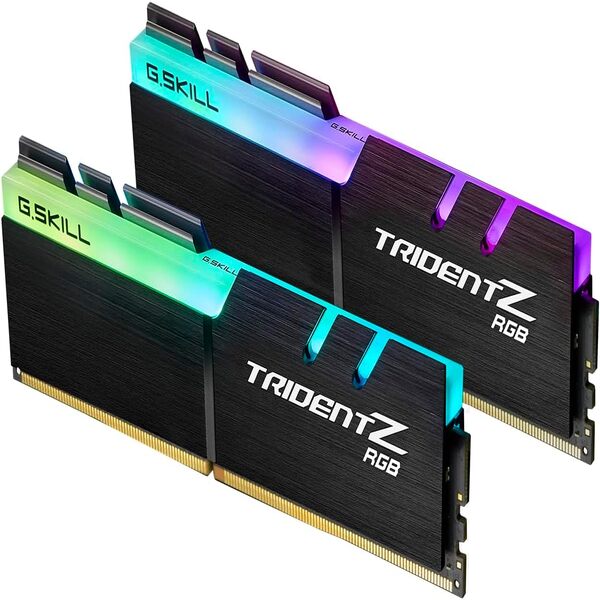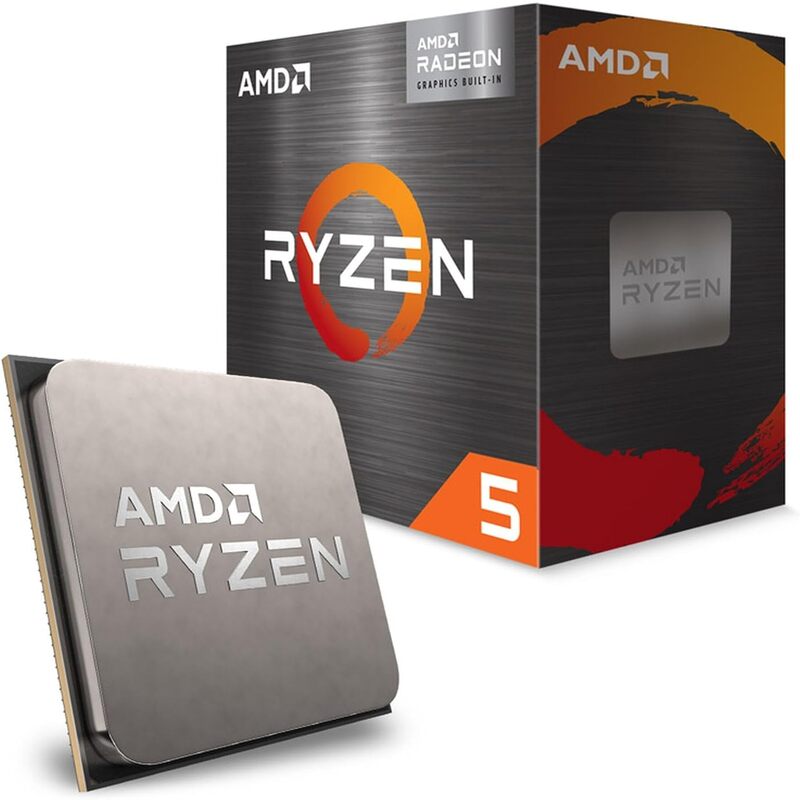Introduction
In our fast-paced, digital-driven world, understanding the inner workings of computers and primary storage device in a computer has never been more essential. One of the critical components of a computer’s architecture is its storage system. While most people are familiar with the term storage, they may not fully grasp what it entails or the nuances of primary storage devices. This beginner’s guide aims to demystify primary storage devices, breaking down their significance, types, and functionalities.

What Are Primary Storage Devices?
Primary storage devices, often referred to as “main memory” or “volatile memory,” are the components in a computer that temporarily hold data and instructions that the CPU (Central Processing Unit) needs while executing tasks. Unlike secondary storage devices, primary storage is designed for quick access and data retrieval, facilitating the efficient execution of programs.
The most common types of primary storage devices are:
Random Access Memory (RAM)
Cache Memory
Registers
Let’s explore these primary storage devices in more detail.
-
Random Access Memory (RAM)
What is RAM?
RAM is the most well-known primary storage device in a computer. It is a type of volatile memory, meaning it loses its contents when the power is turned off. RAM’s primary function is to store data and instructions that the CPU needs in real-time. Consider RAM as a temporary waiting room for data; when a program is executed, its data is loaded from a permanent storage device into RAM for quick access by the CPU.
Types of RAM
There are two main types of RAM:
Dynamic RAM (DRAM): This is the most common type of RAM used in personal computers and servers. DRAM stores each bit of data in a separate capacitor within an integrated circuit. Because capacitors leak charge, DRAM must be refreshed thousands of times per second to maintain data.
Static RAM (SRAM): Unlike DRAM, SRAM does not need to be refreshed as frequently, making it faster and more reliable. However, SRAM is more expensive to produce and is typically reserved for cache memory and small applications where speed is crucial.
The Role of RAM in Performance
The amount of RAM in a computer has a direct impact on its performance. More RAM allows a computer to handle more applications simultaneously, providing a smooth user experience. Conversely, insufficient RAM can lead to sluggishness and increased load times, as the operating system relies on paging data in and out of secondary storage, significantly slowing down operations.

-
Cache Memory
What is Cache Memory?
Cache memory is a smaller, faster type of volatile memory that provides high-speed data access to the CPU. It acts as an intermediary between the CPU and RAM. Cache memory stores copies of frequently used data and instructions, allowing the CPU to quickly retrieve information without needing to access slower RAM. This speeds up overall computations and system responsiveness.
Levels of Cache Memory
Cache memory is typically divided into three levels:
L1 Cache (Level 1): This is the smallest and fastest cache, located directly on the CPU chip. It stores a limited amount of data, making it incredibly fast but volatile.
L2 Cache (Level 2): This cache memory is slower than L1 but larger in size. L2 cache is still located on the CPU but may be slightly further away than L1 cache.
L3 Cache (Level 3): L3 cache is even larger and slower than both L1 and L2 caches. It can be shared between multiple cores in multi-core processors, improving overall performance by reducing the latency of memory access for the CPU.
Importance of Cache Memory in Performance
The efficiency of cache memory plays a significant role in the performance of a computer. A well-optimized cache can lead to drastically reduced access times for frequently used data, ensuring that the CPU spends more time executing tasks rather than waiting for data to be retrieved from RAM. This efficiency is particularly vital in gaming, graphic design, and application development, where rapid data retrieval is necessary.
-
Registers
What are Registers?
Registers are tiny storage locations located within the CPU itself. They are the fastest possible memory in a computer system, designed to hold small amounts of data temporarily during the execution of instructions. Each register is capable of holding data for just a few operations at a time, making it the first line of memory storage for any operation performed by the CPU.
Types of Registers
Registers can be categorized into several types based on their functionality:
Data Registers: These stores intermediate data being processed by the CPU.
Address Registers: These hold memory addresses pointing to locations in RAM.
Instruction Registers: These contain the instruction currently being executed by the CPU.
Status Registers: These keep track of conditions that may affect the execution of instructions, such as zero or overflow conditions.
The Speed Advantage of Registers
With registers being the closest memory type to the CPU and the fastest accessible during the course of instruction execution, they contribute massively to the fluidity and speed of computing processes. Data is moved to registers before being processed by the ALU (Arithmetic Logic Unit), thus minimizing delays.

The Relationship Between Primary Storage and System Performance
The synergy between various primary storage devices contributes to a computer’s performance capabilities. To further elaborate:
Speed: CPU registers and cache memory provide super-fast access to data and instructions, greatly enhancing processing speed. Fast access to crucial data keeps the CPU busy with fewer interruptions, drastically increasing efficiency.
Capacity: While registers and cache are fast, they are limited in size. RAM, large enough to accommodate multiple programs, serves as a critical storage resource that enhances multitasking capabilities. Adequate RAM is a prerequisite for a smooth computing experience.
Data Management: Effective data management between these layers of storage is key to a computer’s performance. The operating system employs sophisticated algorithms to efficiently move data between RAM, cache, and registers to minimize latency and maximize processing time.
Current Trends in primary storage device in computer Technology
As technology advances, so too does the design and functionality of primary storage devices.
-
DDR Memory
Double Data Rate (DDR) memory has become the standard for RAM technology. Newer versions of DDR, such as DDR4 and DDR5, offer higher bandwidth, increased energy efficiency, and lower latency, resulting in faster data transfer rates and improved overall performance.
-
Cache Memory Enhancements
Modern processors come equipped with sophisticated caching mechanisms that integrate AI-driven algorithms to predict data access patterns and proactively load data into the cache. This forward-thinking approach reduces wait times and generates better overall system performance by ensuring that the most frequently used data is always available.
-
Energy Efficiency
Energy-efficient technologies are now at the forefront of primary storage development. Innovations in low-power RAM and cache technology not only enhance performance but also reduce power consumption, leading to longer battery life in laptops and less energy cost for enterprises.
Conclusion
Understanding primary storage devices is essential for anyone looking to delve into the world of computers, whether you are a casual user, an aspiring IT professional, or simply curious about how technology functions. As we’ve explored, RAM, cache memory, and registers play a pivotal role in determining the speed and efficiency of a system.
As technology continues to evolve, keeping yourself informed about advancements in primary storage device in computer will not only enhance your understanding, but may also improve your computer literacy and ability to troubleshoot issues. The nuances of primary storage functionality can seem daunting at first, but with continued learning, these concepts become increasingly accessible, ultimately empowering you to make informed decisions regarding your technological needs.
By grasping how primary storage works, you can appreciate the complexity behind the devices we often take for granted and understand the importance of each component in providing a cohesive and efficient computing experience.